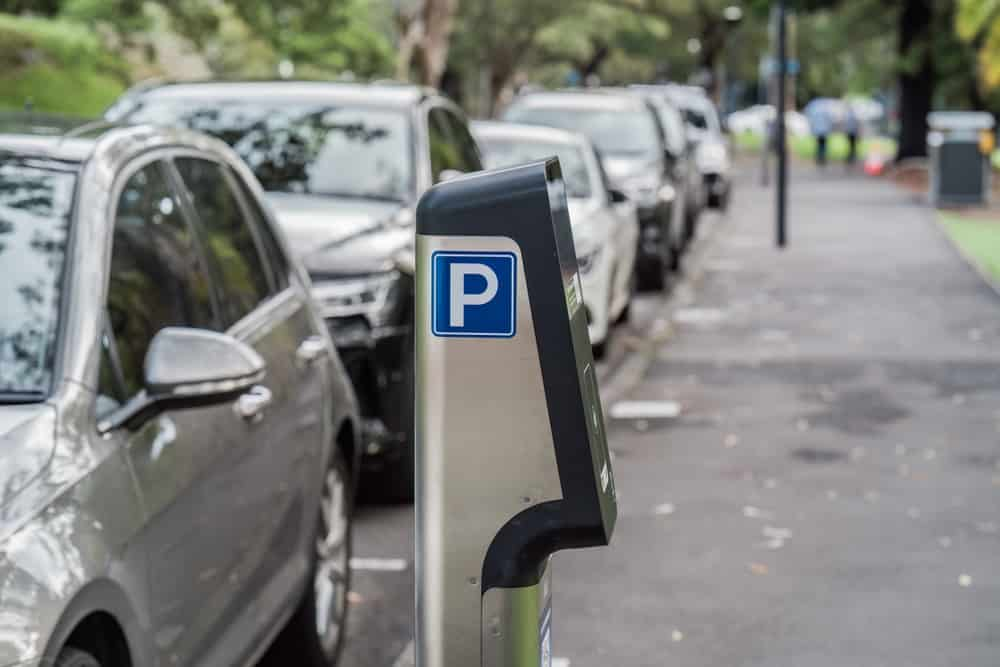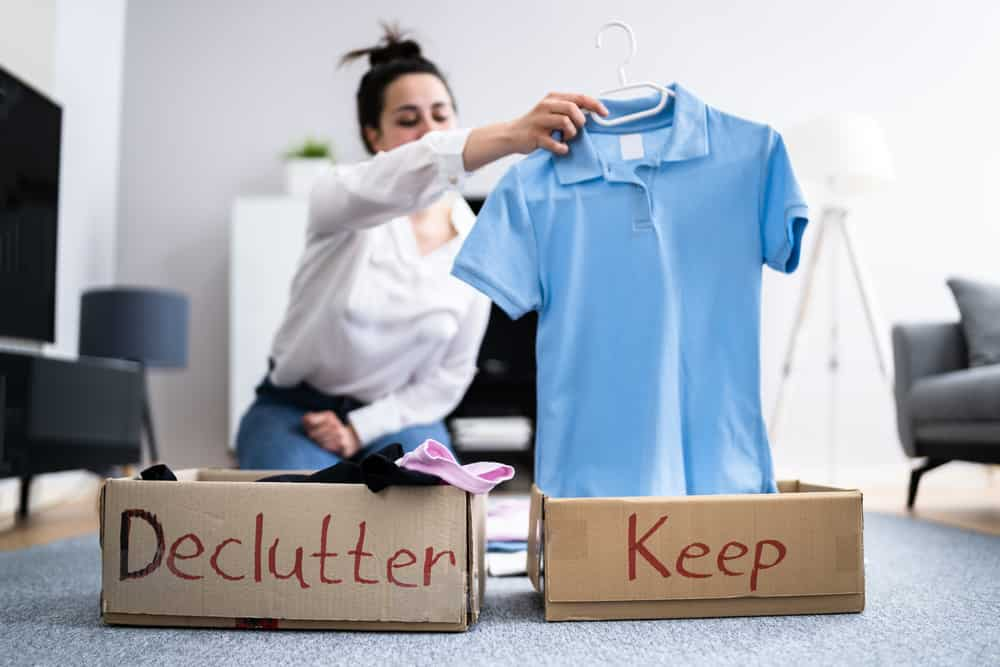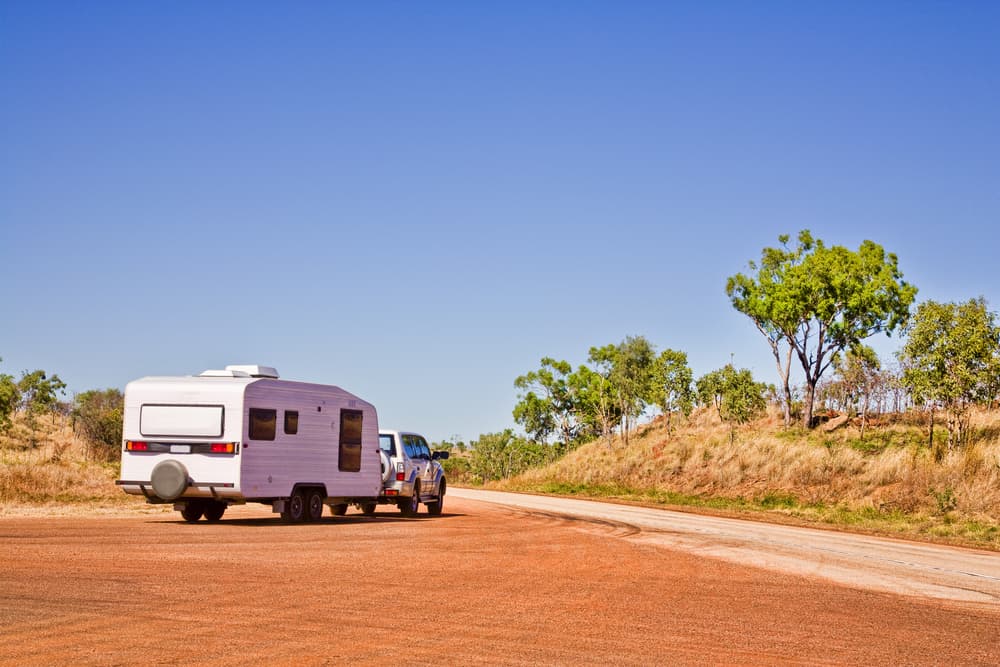Moving Day? 19 Tips to Make Your Move Stress-Free
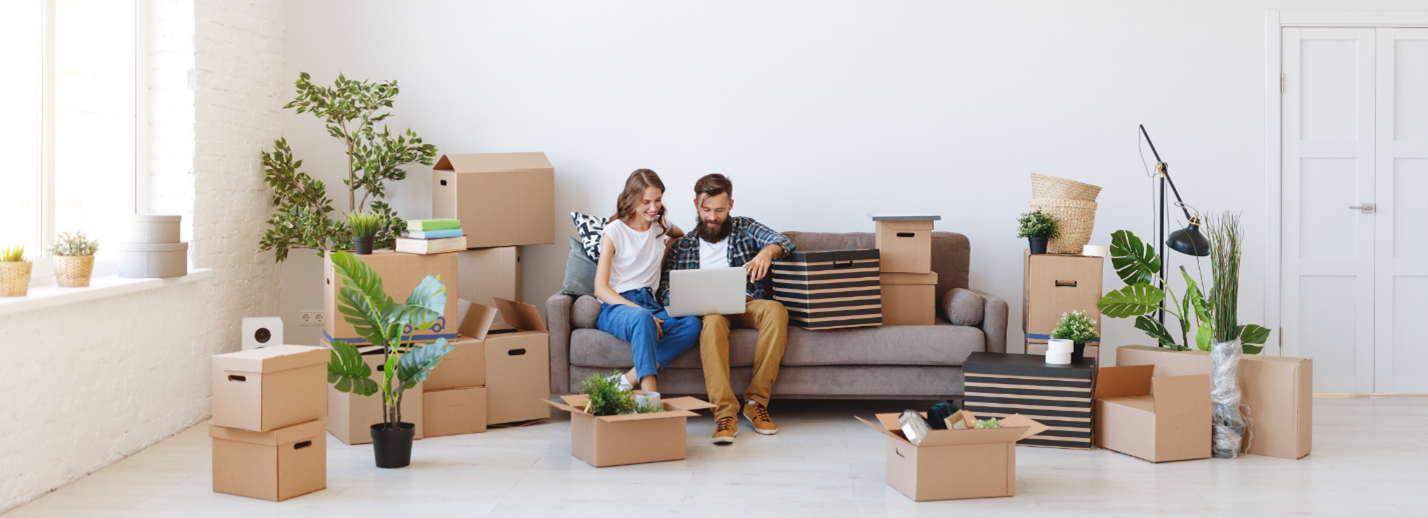
Table of Contents
There could be any number of reasons why you need to move house. According to the Australian Bureau of Statistics, people may move because they want a larger home for a family or they want to find a better job elsewhere. Other reasons include breakups and divorces, as well as problems with families and landlords. Moving to a new place allows people to have a fresh start.
 The key age range for most house movements seems to be among younger people in their 20s and early 30s. Once most people reach their late 30’s, many of them already have started their families and have more established jobs and careers.
The key age range for most house movements seems to be among younger people in their 20s and early 30s. Once most people reach their late 30’s, many of them already have started their families and have more established jobs and careers.
Once people reach retirement age, then there is the onset of illness. A spouse may die. It is at this age that people tend to downsize. They look for smaller properties and maybe consider retirement homes.
For the period of 2007 to 2008, people aged 25 to 29 were 80% likely to move. For the 20 to 24 age group, the figure is slightly over 60%. For those aged 30 to 34, the figure is around 65%.
This clearly shows that younger adults move the most. After this peak, the graph flattens off. By age 45 to 49, only around 30% will move. Once people retire, the figure drops to around 10% from 65 to 69 onwards.
There is a complex picture in modern Australia. This is probably reflected in many other societies as well. The younger adults that are more likely to move are probably less encumbered with material possessions and should find moving a lot easier. The older established age group, with good jobs and occupations plus dependent children, will be the group with most stuff to move.
Moving Day
Moving day is often a stressful event, as there are just too many things to attend to. You could be faced with a total mess of the things you need to pack and bring with you. These could include things from your garage, your loft or attic, cellar or basement, garden shed, or the spare bedroom in your apartment. Hopefully, you will have time to plan your move and deal with all of this.
Moving Tip #1: Plan the move unclutter, and write a moving house checklist
If you have the time before the move, this should be step one in your moving house checklist–clearing out the junk from the junk room. Once you have done this, then you can use this space and make money from it.
What applies to the homeowner will apply even more to a business. A lot will depend on size. If you run a small business from home, then office equipment, tools, and stocks will need to be moved. You may either be self-employed or you may have employees to help you. Whatever your circumstances, planning the move is even more critical. There are even opportunities for any small engineering company to export old machinery to a production plant elsewhere in the region.
Moving Tip #2: Turn your junk room to your advantage
Once the junk “rooms” have been freed up, systematically go through each room in your house or apartment. The clothes cupboard would be a very good starting point. This is where the charity shops would be of use. You may look in horror at a pair of old boots or an old dress. However, this could be a “must-have item” for someone else. Try not to be too sentimental. Yes, perhaps keep your old teddy bear. However, don’t hoard stuff anymore. If you have kept something for the last few years, ‘just in case you might use it, why is it stuck at the back of the cupboard? It needs to go. All these extras will add more to your eventual storage or moving costs anyway.
The first low hanging fruit is obviously clearing the messy rooms. What to you may be some useless junk or trash may be of real value to someone else.
There may also be neighbors or friends who will take a lot of this trash or junk if they are still in a reasonable state. In the United States, there are yard sales; in the UK, car boot sales; and in Australia, garage sales. If, after all that, there are still items that you cannot pass on because they are in a really poor state, then contact your local council. Hopefully, they would have recycle schemes, where you can send, say, broken furniture or rags.
Moving Tip #3: Create a Moving House Checklist
If you haven’t done this already, write a detailed moving house checklist. This can be a general plan to start with, but it will have to be more detailed when it comes to the actual move.
Moving Tip #4: Use the Right Storage Boxes
When you start packing for the move, you must use the correct cardboard boxes. These are generally corrugated and come in a number of standard sizes. Do not be tempted to use odd boxes from malls, stores, and supermarkets. To start with, these boxes are a lot stronger. Being all in standard sizes, it makes packing them in a store or in the final truck during the move a lot safer. There is a lot less chance of damage to your property during transportation. Are you using the right packing boxes for your things? Our packing guide can help you figure out what boxes best suit which items you’re packing.
Moving Tip #5: Use Special Storage Containers for Fragile Items
If you have electrical equipment, such as laptops, and PC’s printer scanners, along with flat-screen TVs, then it’s great if you have kept their original packing and boxes, as these would be a big advantage. This may include polystyrene type packaging as well. It should ensure that these items will not get damaged. Failing that, you can use a lot of bubble wrap and strong tapes like the gaffer tape instead.
Moving Tip #6: Label those Boxes
A big help would be to use a permanent marker pen. Each box will need to be marked up. For example, clothes, plates and kitchenware, electrical items, and others.
Moving Tip #7: Use Durable Packing Materials
In addition to a marker pen, bubble wrap, gaffer tape, and the correct boxes, the following could come in handy: carpet protectors, cling film, and colored tapes. You can also use polystyrene if you can cut this up. A good cutting knife and a pair of scissors would be essential as well.
Moving tip #8: Save those old newspapers
The old standby ripped newspaper could also be helpful. If you have time, keep any newspapers or periodicals for ripping up later. You can use them for wrapping your things or as a “cushion” for fragile items.
Moving Tip #9: Plan how you pack
For the journey, plan how you pack. What goes into the transporter truck last comes out first. You may have your family with you or you may be traveling along with all your belongings. You may need coffee, a snack, and somewhere to sleep, along with a place to get a shower. The last thing you want is to have all those essentials packed away in the back of the truck.
Moving Tip # 10: Bring only the essentials
For the journey, you will need to plan out what you can take with you for the move. You and possibly your family must have all the essentials needed, especially if some of your other belongings are due to arrive later. This is especially the case if you are flying to your new destination.
Moving Tip # 11: Observe safety measures
If you have a young family (or adolescences), then keeping them happy during a long trip could be essential. To reduce stress during the move, have suitable distractions at hand. This, too, needs to be planned for. You can prepare games, tell stories, or sing along to your favorite tunes on the radio. In addition, be sure to bring a medical kit so you are prepared for any emergencies.
Moving Tip # 12: Get New Utility Providers
Remember, all utilities will need to be contacted when a definite date is set for your move. Gas, water, electricity, internet, and telephone connections will have to be changed. It would be great if you can do this in advance in order to avoid the inconvenience of not immediately having the utilities that you need.
Moving Tip # 13: Notify the Banks
The same applies to any commercial connections, banks, house insurance, and others. They will all have to be notified about a change.
Moving Tip # 14: Choose new schools for the kids
This will also be the case with any schools or colleges if you have children. This could possibly affect you and your partner or spouse as well, that is, if you are doing a course.
Moving Tip # 15: Notify friends and family about the move
Don’t forget to tell all your friends and family well in advance about your move. This is probably best done via social media or email.
Moving Tip # 16: Choose movers for your vehicles
You may have an old car or motorcycle you are very fond of. You don’t want to sell it, but you can’t drive it to your destination either. There are companies that can provide the safe transportation of your vehicles to your destination.
Moving Tip # 17: Get Insurance
You will need comprehensive insurance for any removals and storage against the possibility of any damage and breakage.
Moving Tip # 18: Make your lists!
To make a viable claim, you will need to write out a comprehensive list. This must include full details, including an estimated price for each item in your moving boxes.
Moving Tip # 19: Be careful in bringing or moving valuable items
This is really why it is essential to have a moving house checklist. If attempted systematically, there should not be any real problems. One final consideration could be very valuable items. For small items, keep them in a safe that is transported with everything else, or you may want to take them with you. Do you remove and roll up an important oil painting or do you make sure it is 100% protected? You would also need specific advice on protecting fine chinaware or porcelains.
Another important point is that you need to make sure that your home or apartment is left clean and tidy.
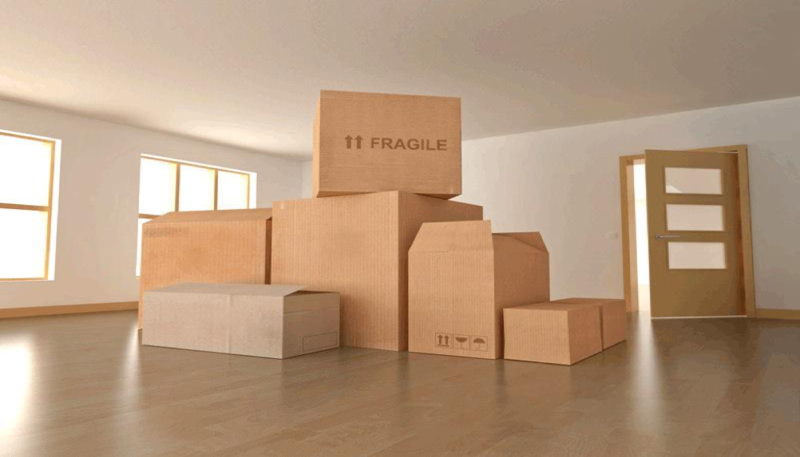
Self-Storage Units
Self-storage units can be useful for your move in two ways. If you’re moving to a new home but are still keeping your old one—probably as a vacation or summer home—then you can rent out your empty rooms or garage and earn a side income.
Alternatively, if you don’t want to bring all of your stuff with you on the day of your move, you can temporarily keep your bigger furniture pieces and your less used belongings in self-storage units. This way, it can become easier for you to set up your new place after which you can later retrieve your things from storage.
Conclusion
Throughout this article, there has been the assumption that you will have time to plan and move out in a stress-free way. Younger adults, with fewer items and with no children to take along, should be able to move out quickly. For whatever reason– if you are older with a family, and this is all quick notice, then you will have to call upon your family, friends, and work colleagues to help you out
.
Also, remember to rest and relax and treat yourself to a great in-home massage after completing a successful move!
No matter what the time span, you must plan your move and have a moving house checklist as well.
If all is properly planned, then your move should be stress-free. Again, the day of your move should be approached in a step by step manner, starting with the easy things.
If you are keeping your home and now find that you have space to rent out, then have them listed on https://www.spacer.com.au. Alternatively, if you want to temporarily store some of your things while you set up your new home, then you can also use the site to search for a self-storage unit that suits your needs.


